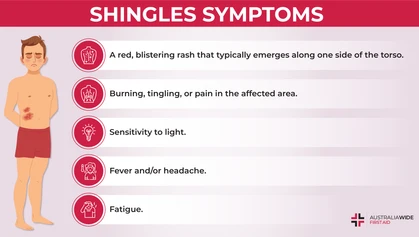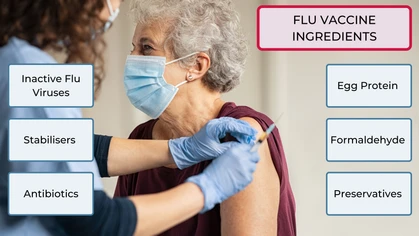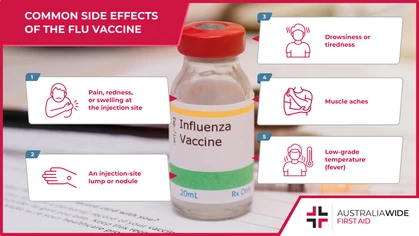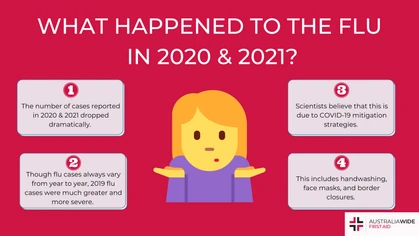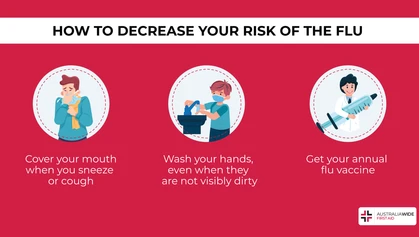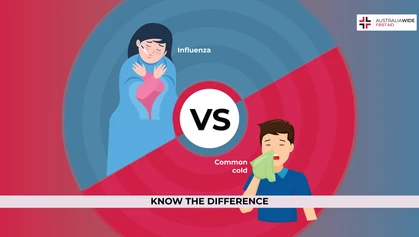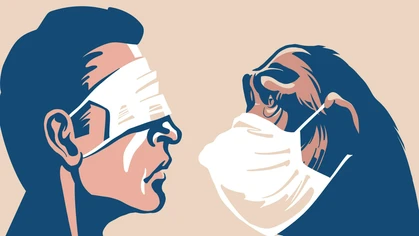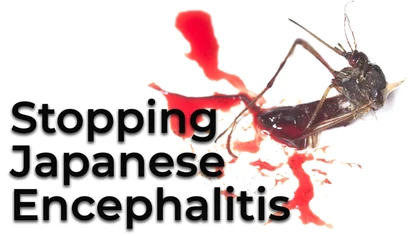Measles in Australia

Virus

Arm with Measles rash
Measles, being one of the most infectious of all communicable diseases, is causing health authorities to fear a severe outbreak of the disease in Queensland, with 41 confirmed before July 2014. In March 2015, two Brisbane residents have been diagnosed on separate occasions. Below is information which details what the measles virus is and how you can prevent or control the infectious disease in the chance you are exposed to it. Disclaimer: This information is not to be taken as medical advice. If you have any questions or concerns in regards to the measles outbreak in Queensland, please contact you nearest medical centre and/or staff.What is Measles?
Measles is an acute, highly infectious illness caused by the measles virus. It can lead to serious complication such as pneumonia (lung infection) and encephalitis (inflammation to the brain). It can also cause middle ear infection.Symptoms
Due to the flu-like symptoms that measles produces, the virus is often left undiagnosed until the signature red, blotchy rash appears. Measles begins with symptoms such as:- Fever
- Tiredness
- Cough
- Runny Nose
- Red, inflamed eyes
- Blotchy, dark red rash
Transmission
Measles is one of the most infectious of all communicable diseases. The virus is spread from an infectious person during coughing or sneezing or through direct contact with secretion from the nose or mouth. A person is infectious for FIVE DAYS before the onset of the measles rash, and about FOUR DAYS after the rash appears.Immunisation
Immunisation against measles is recommended as part of the National Immunisation Program Schedule. Those who are required to receive the Measles Mumps Rubella (MMR) vaccine (free of charge) include:- All children aged 12 months and 18 months
- Children at 4 years of age who have not previously received a second MMR vaccine
Prevention and Treatment
Vaccination, through the MMR vaccine is the only way to prevent measles. The treatment of measles is also limited, but usually treated with with rest, plenty of fluids, and paracetamol to lesson the pain of fever. Australia Wide First Aid advises you to follow the medical advice of your GP or Hospital Staff.Control
People with Measles should be excluded from work, school, or childcare centres for at least four days after the appearance of the rash. Anyone who has been in contact with a person with measles (such as sisters, bothers, parents or nannies), and have not been vaccinated or has any condition that compromises the immune system, should be excluded from work, school, or childcare for 14 days from the day the rash appeared on the person diagnosed with measles. If an un-vaccinated person receives the MMR vaccine within 72 hours of their first contact with the original person with measles, they may return to work, school or childcare.Queensland Health warns - "This virus does not discriminate, even among healthy adults"If you have any concerns, or know of someone displaying the signs and symptoms of measles, please contact your closest medical centre and/or staff.
Originally published at
https://www.australiawidefirstaid.com.au/resources/measles-outbreak
as part of the Australia Wide First Aid Articles Library
